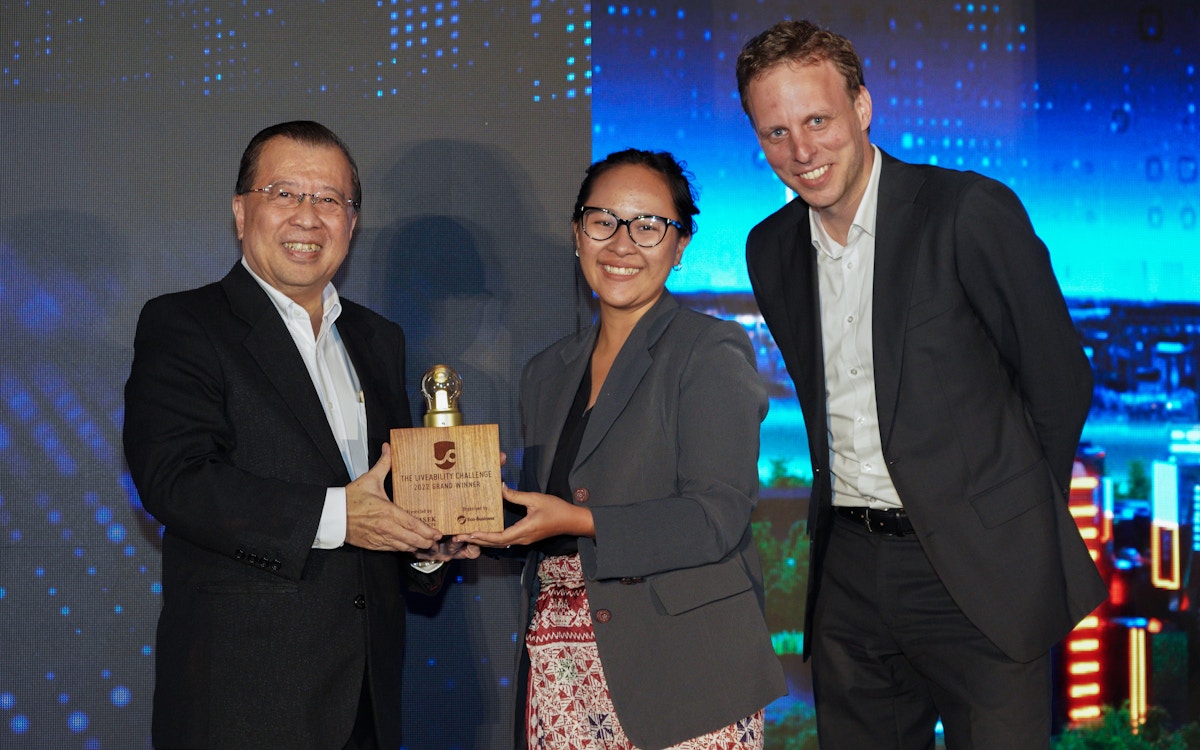
Unlocking the Secrets of the Underwater World: Mapping Coral Reefs with AI
Understanding coral reefs’ intricate structure and biodiversity is paramount to their conservation and restoration. Traditional methods of mapping coral reefs can be laborious and limited by the challenges of underwater habitats. Enter machine learning, the cutting-edge technology that can revolutionize coral reef mapping.
Machine learning algorithms can analyze vast amounts of data from diverse sources such as satellite imagery, underwater cameras, and environmental sensors to create high-resolution maps of coral reefs with unprecedented accuracy and detail. These maps provide valuable insights into coral reefs’ health, distribution, and vulnerability, empowering marine scientists, policymakers, and conservation organizations to make informed decisions and prioritize conservation efforts.
Using AI to Protect Coral Reefs: Early Detection and Rapid Response
AI can also play a pivotal role in early detection and rapid response to environmental threats faced by coral reefs. Climate change can cause coral bleaching, disease outbreaks, and species composition shifts; detecting these threats early and responding promptly is critical for effective management.
Real-time data analysis using machine learning algorithms can detect environmental changes that may indicate the onset of stress or bleaching events. For instance, machine learning models can analyze sea surface temperature data, water quality parameters, and other environmental variables to identify areas where corals are at high risk of bleaching. This early warning system enables scientists and managers to take timely action, such as implementing restoration measures, reducing local stressors, or implementing temporary fishing bans to safeguard vulnerable coral populations.
AI can also predict the spread and impact of coral diseases, which can spread rapidly and devastate entire coral reef ecosystems. By analyzing patterns in disease outbreaks, machine learning algorithms can identify potential disease vectors, environmental factors that may promote disease transmission, and the genetic makeup of coral populations that may affect their susceptibility to diseases. This information can aid in developing effective disease management strategies, preventing the further spread of diseases on coral reefs.
Using AI to Help Restore Coral Reefs
Restoring degraded coral reefs is complex and daunting, but machine learning offers innovative and efficient solutions for effective strategies.
One promising application of machine learning in coral reef restoration is the development of predictive models for coral survival and growth. These models can analyze a wide range of factors, such as the type of coral, water quality, temperature, light, and nutrient levels, to predict the optimal conditions for coral survival and growth. This knowledge can inform restoration efforts, such as selecting suitable sites for coral planting, optimizing coral nurseries, and implementing targeted interventions to maximize the success of restoration projects.
Machine learning can also aid in developing sustainable coral reef management strategies. By analyzing data on fishing practices, tourism activities, and other human impacts on coral reefs, it can provide valuable insights for policymakers and stakeholders to develop effective conservation and management plans that ensure the long-term health and resilience of coral reef ecosystems.
The potential of machine learning in enhancing coral reef protection and restoration efforts is immense. From mapping coral reefs with unprecedented accuracy to early detection and rapid response to environmental threats, and from predicting coral survival and growth to informing sustainable management strategies, machine learning is a game-changer in the field of coral reef conservation. As we continue to harness the power of AI and machine learning, we can strive toward a brighter future for these invaluable and highly biodiverse parts of our planet.
Source Happy Eco News


